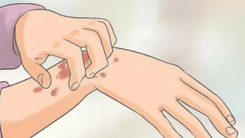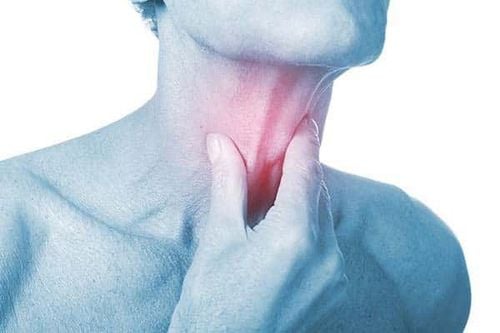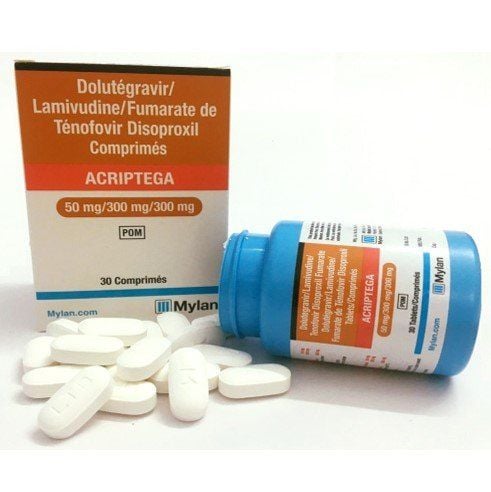HIV rash is one of the early warning signs that a person has been infected with HIV during the acute stage of the infection. Typically, an HIV rash lasts for about one to several weeks and, in most cases, does not cause itching.
1. Causes of HIV Rash
HIV is a virus that attacks the human immune system. During the first few weeks after contracting the virus, the body begins to exhibit symptoms, including skin rashes.
The main causes of HIV rash may include:
Seroconversion Reaction: After a person is infected with HIV, the immune system produces antibodies to fight the virus. This stage is referred to as the seroconversion phase and is associated with symptoms such as: rash, flu-like symptoms, fever and swollen lymph nodes
Side Effects of Antiretroviral Therapy (ART): If you suspect you may have been exposed to HIV, medical professionals may prescribe antiretroviral drugs to prevent progression. However, the side effects of these medications can lead to symptoms such as: rash, itching, fever and joint pain.
Immune System Weakening: When the immune system is weakened by HIV, it can create favorable conditions for skin-related diseases such as cellulitis, atopic dermatitis, shingles, or syphilis, which manifest as skin rashes.

2. Recognizing the Symptoms of HIV Rash
HIV rash often has the following characteristics:
The rash typically appears as pink or red spots on the skin.
It may be accompanied by small blisters or pustules.
The surface of the rash may feel rough, thickened, or elevated, with clear boundaries separating it from unaffected areas.
The rash is most commonly found on the chest, back, arms, and legs. In some cases, it may appear in the genital area, on the lips, or inside the mouth.
It usually develops 2–3 weeks after exposure to HIV.
While HIV rashes typically do not itch, rashes caused by opportunistic infections may cause itching and discomfort.
HIV rash caused by the seroconversion phase often resolves on its own without treatment.
Additional symptoms that may accompany HIV rashes include:
Swollen lymph nodes
Chills and fever
Fatigue and exhaustion
Unexplained weight loss
Diarrhea
Trắc nghiệm: Bạn có phân biệt được chính xác cảm lạnh và cúm mùa?
Cảm cúm và cảm lạnh là hai khái niệm mà chúng ta thường đánh đồng nó giống nhau, không phân biệt rõ ràng. Dưới đây là một số câu hỏi trắc nghiệm, giúp bạn có thêm những kiến thức phân biệt cảm lạnh và cảm cúm. Từ đó, có những biện pháp điều trị bệnh phù hợp.3. What to Do if You Notice HIV Rash Symptoms?
If you experience HIV rash symptoms, it is crucial to stay calm, identify potential causes, and seek medical assistance.
3.1. Undergo HIV Testing if the Rash Is Mild
If you have not yet been tested for HIV, your doctor will likely recommend a blood test to determine whether the virus is present in your body.
If the test result is negative, the rash may be attributed to other causes.
If the result is positive, your doctor may prescribe additional diagnostic tests and provide a treatment plan tailored to your condition.
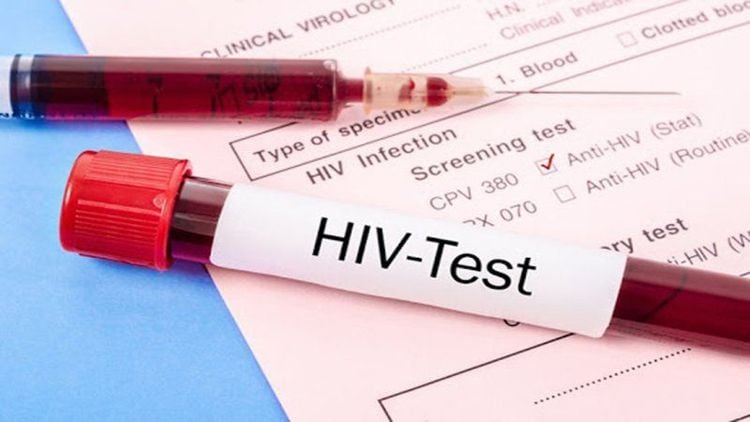
For mild rashes in patients taking antiretroviral therapy (ART), doctors typically recommend continuing the medication since these rashes often resolve within 1–3 weeks.
3.2. Seek Hospital Care for Severe Rashes
In cases of severe rash accompanied by other serious symptoms such as fever, nausea, or vomiting, immediate medical attention is necessary. If you have not yet been tested for HIV, a blood test will be performed to confirm the diagnosis. Based on the results, your doctor will devise an appropriate treatment strategy.
3.3. Consult a Doctor if Rashes Worsen After Taking Medications
Some individuals may experience hypersensitivity to antiretroviral drugs or other HIV-related symptoms. If this occurs, your doctor may advise discontinuing the medication and prescribing alternative drugs. Hypersensitivity symptoms often subside within 1–2 days.
Common antiretroviral drug classes that may cause rashes include:
NNRTIs (Non-nucleoside Reverse Transcriptase Inhibitors)
NRTIs (Nucleoside Reverse Transcriptase Inhibitors)
PIs (Protease Inhibitors)
3.4. Avoid Medications That Cause Allergic Reactions
If your doctor advises you to stop taking certain medications due to allergic reactions, it is essential to follow their guidance. Continuing such medications increases the risk of severe reactions or complications.
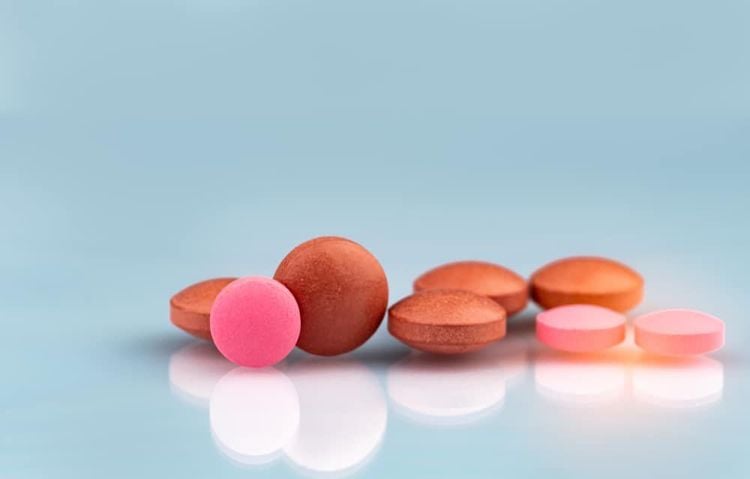
Individuals with HIV are at a higher risk of bacterial infections due to immune system abnormalities. Consult your doctor to understand your condition and minimize the impact of HIV-related rashes.
Although HIV currently has no definitive cure, early detection and adherence to prescribed treatments allow most patients to live healthy and extended lives. Without treatment, the disease may progress to acquired immunodeficiency syndrome (AIDS), significantly increasing the risk of death.
Rashes are an important early sign of HIV. If you notice a rash accompanied by symptoms like fever, weight loss, loss of appetite, or fatigue, visit a healthcare center immediately for evaluation and appropriate treatment.
Please dial HOTLINE for more information or register for an appointment HERE. Download MyVinmec app to make appointments faster and to manage your bookings easily.


